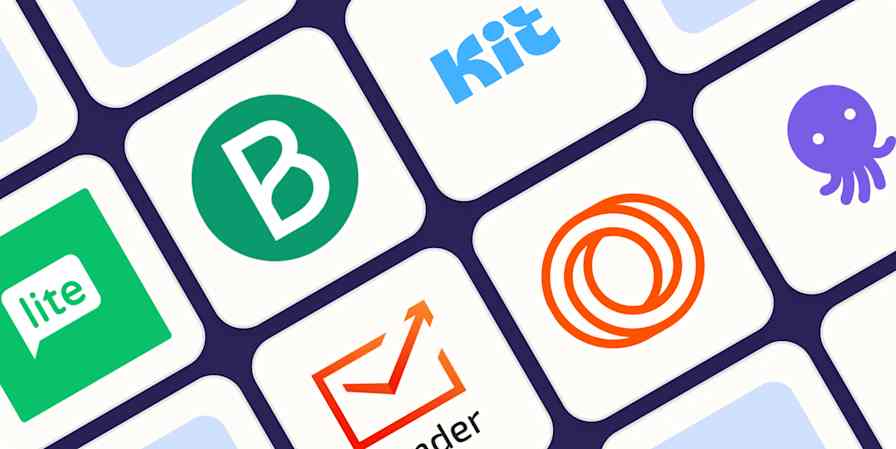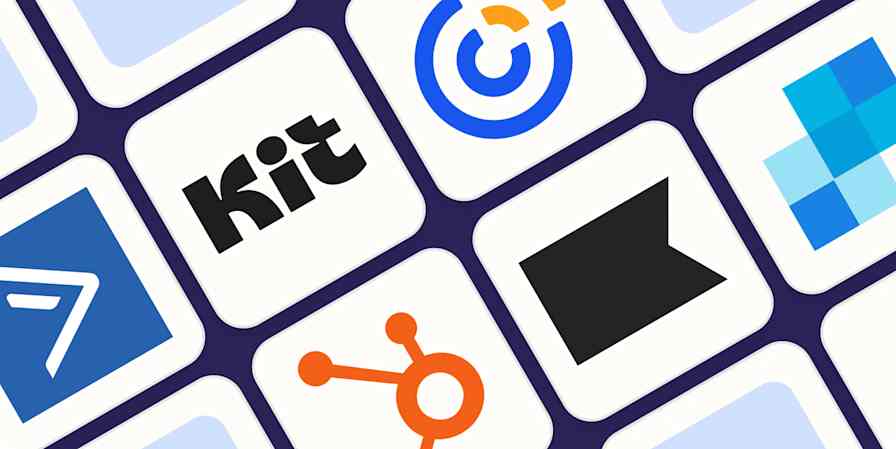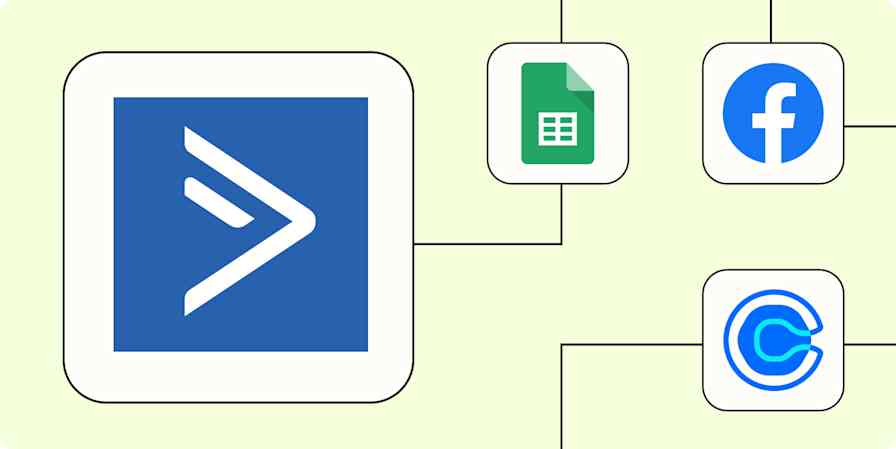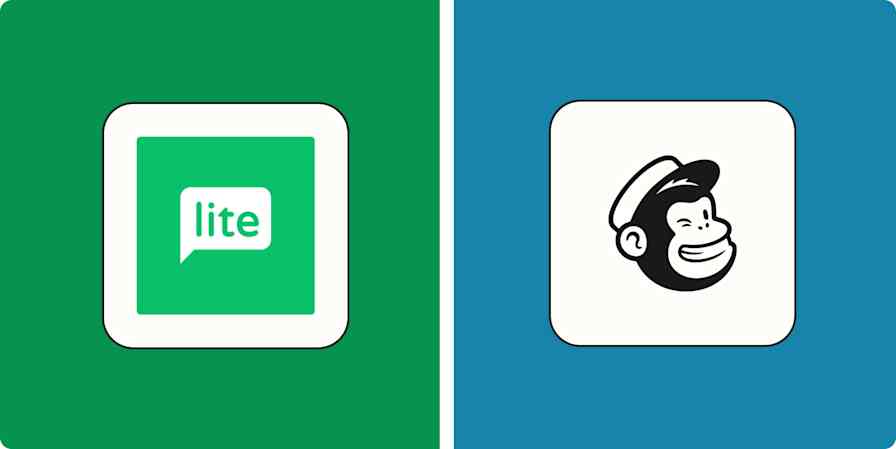Business tips
3 min readHow email automation helped a small business increase conversion rates by 86%
By Lily Travis · July 9, 2021
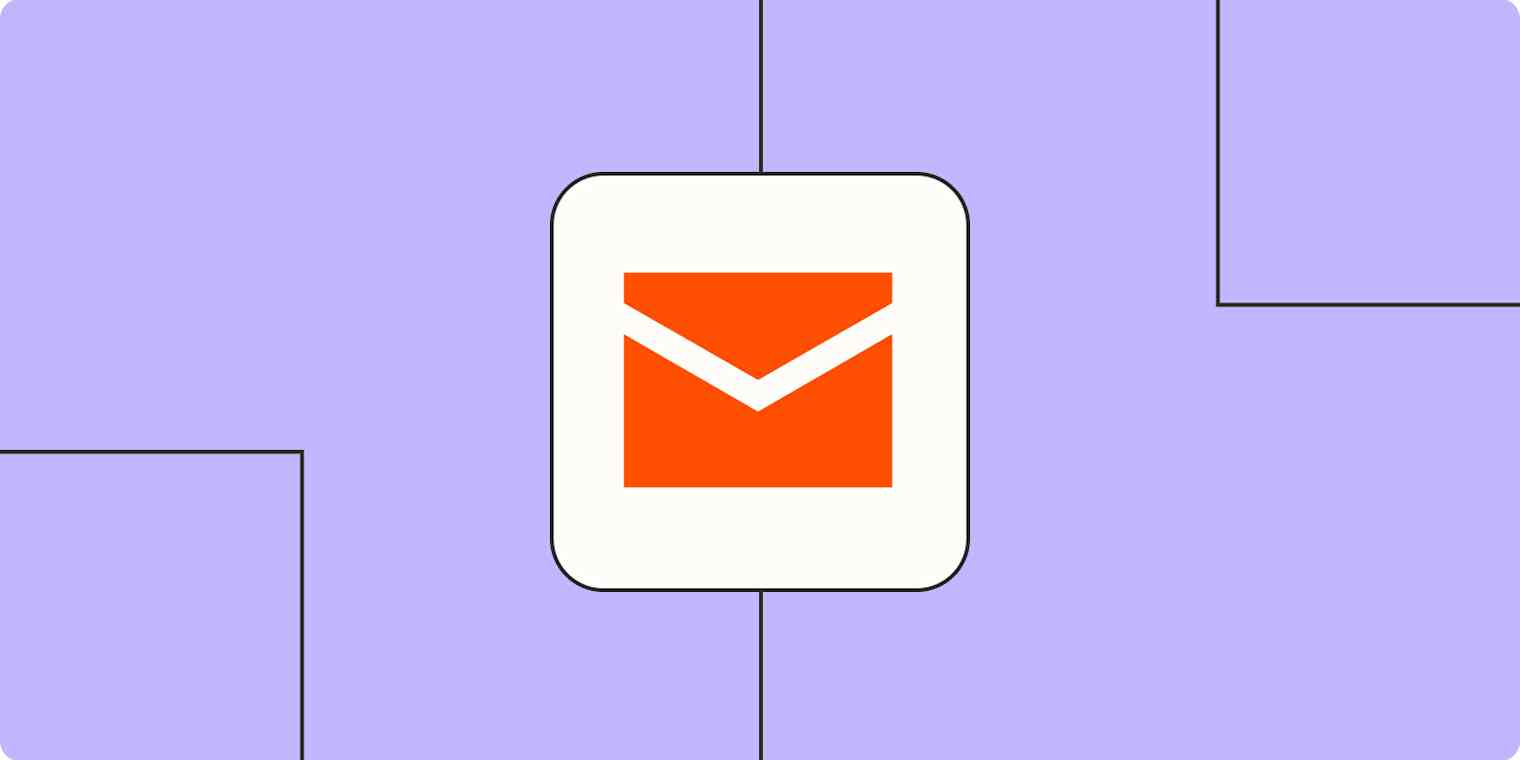
Get productivity tips delivered straight to your inbox
We’ll email you 1-3 times per week—and never share your information.
mentioned apps
Related articles
Improve your productivity automatically. Use Zapier to get your apps working together.



